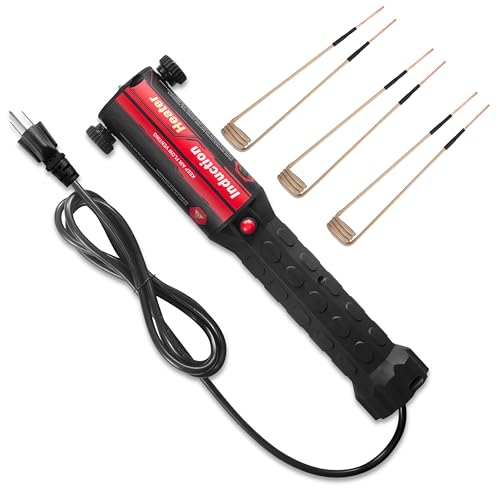cprince09
Active member
Well I told yall it would be a slow process, and I wasn't lying unfortunately. I got a little done though. I've been fighting rusty bolts a lot. I got the chop lines just first very rough mock up on it just to kind of give me an idea of what it will look like and I finally got the windshield crank to work. I'm not sure on the back yet. I don't know if I want to take 2 inches out of the window or not yet. I'm picking up some more steel tomorrow to finish bracing up the cab. Hopefully I can start cutting next week [

Here is my "attempt" in paint



Here is my "attempt" in paint





























































